Blatantly fake Chinese car models sold in Vietnam
Chinese cars entered Vietnam two decades ago and still have a reputation of "faking" many well-known brands.
Referring to Chinese cars, besides the quality of doubt, in the minds and prejudices of Vietnamese people, many models from across the border have no identity but often "fake" according to the famous brands above. world.
Since Chinese cars entered Vietnam more than 2 decades ago and until now, the element of imitation still exists.
The advantage of fake cars is that they are much cheaper than real cars. Although technology and operation are difficult to match, some Chinese clones still have their own customer segments. Below are some typical models of such cars sold in Vietnam.
Chery QQ3 copies Daewoo Matiz
In April 2009, when Chery announced the price of the QQ3 assembled in Vietnam, priced at 9,900 USD (about 170 million VND, at the 2009 exchange rate), it became the cheapest A-size urban car in the segment, next to the competition. compete directly with Daewoo Matiz selling for 14,000 - 16,000 USD (about 240 million to 275 million VND).
Besides the surprisingly cheap factor compared to the Daewoo Matiz, Vietnamese consumers are also surprised by the similarity of these two models.
In fact, before launching in Vietnam, Chery was sued by GM Daewoo (a joint venture that owns Chevrolet America and Daewoo Korea) in a Beijing court in 2005 for "stealing" the body structure of the Daewoo Matiz. for use with the QQ. The purpose of the lawsuit is to claim the amount of nearly 10 million USD for copyright infringement. However, the result of the lawsuit only stopped at the agreement that Chery was not allowed to introduce the QQ model in the US.
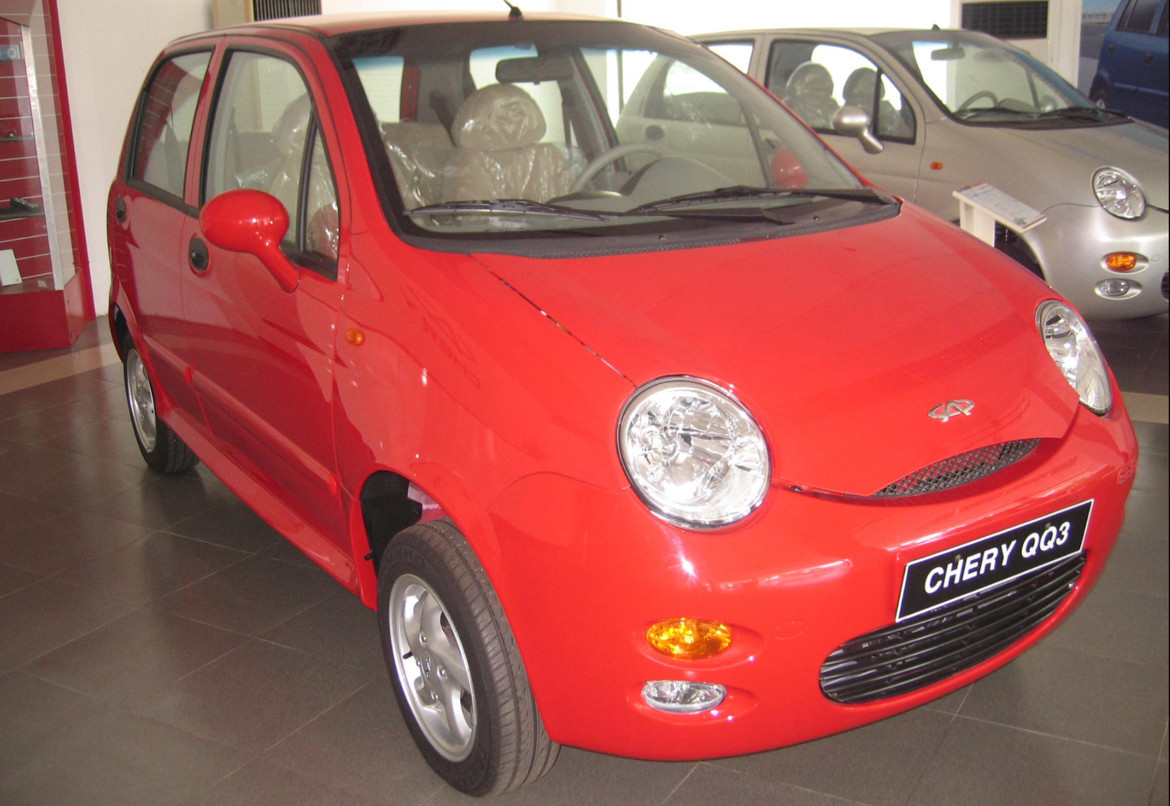 | 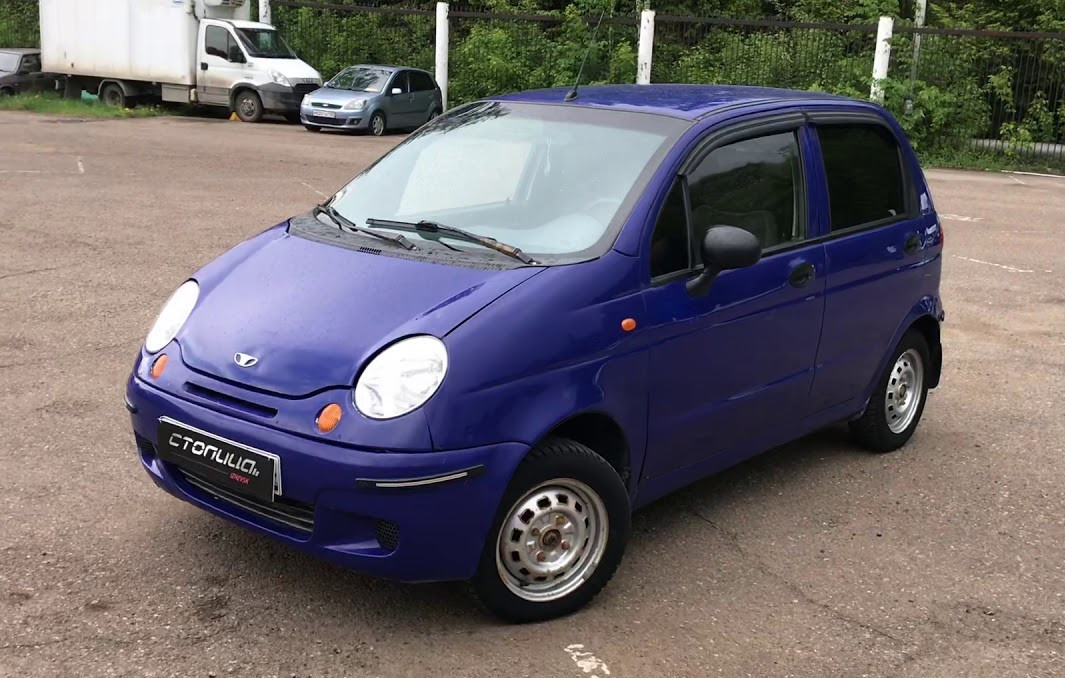 |
Chery QQ3 "follows" the "hot" car model in Vietnam, Daewoo Matiz
In addition to the design like Daewoo Matiz, the inside of the car is not much different from the real car, just changing the logo is difficult for users to recognize. The difference is mainly in the surface of the inferior Chery material, as well as the engine and transmission.
Chery QQ3 uses a 12-valve, 3-cylinder in-line 800cc engine with a maximum capacity of 51 horsepower at 6,000 rpm, maximum torque of 70Nm at 3,500-4,000 rpm. rpm, with a 5-speed manual transmission. This power is equivalent to the 2008 Daewoo Matiz but less than the 2009 Chevrolet Spark (the time when GM Vietnam switched to a new name for the Matiz model).
Lifan LF320 "fake" Mini Cooper
In 2009, Lifan and Hoa Binh Automobile Company (VMC) launched the Lifan LF320 to Vietnamese customers with 5-door hatchback design. But looking at the boxy frame style and long protruding nose, many people will doubtfully think of the British Mini Cooper from afar.
In fact, Lifan LF320 is a "copy" of Mini Cooper, but the "fake" has not arrived because the dimensions are completely different from the real one. When viewed up close, in addition to the cluster of lights and the rearview mirror are not rounded according to the Mini's identification characteristics, the wheel size is also smaller.
Besides, the price of Lifan LF320 is very cheap, just over 220 million VND compared to the price of more than 1.5 billion VND and 2009 is very different. Inside, the interior of the Lifan LF320 has no features compared to the British model because the price difference is too big. Lifan LF320 simply uses felt seats, plastic cladding details and radio/CD audio entertainment.
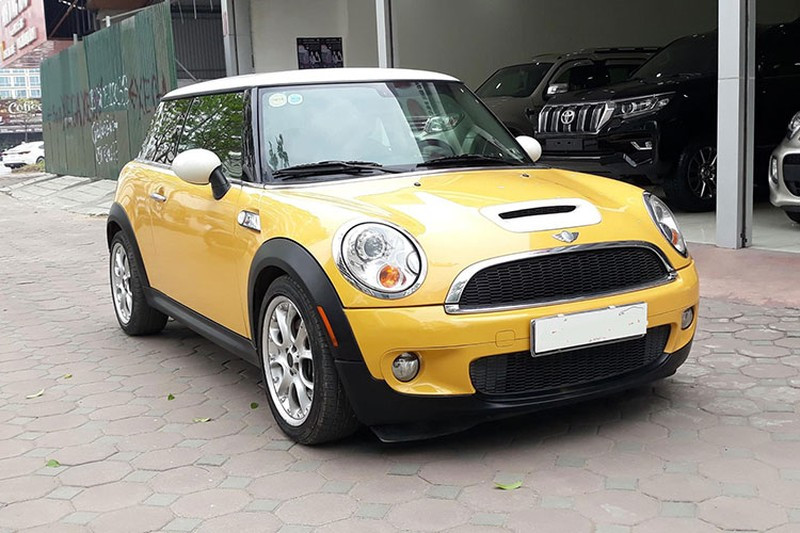 | 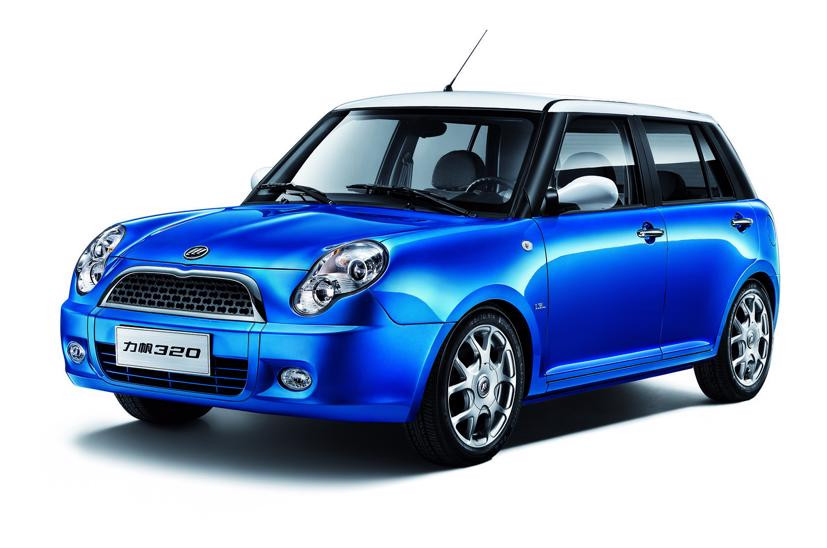 |
Mini Cooper (left photo) and Lifan LF320
The Chinese car uses a gasoline engine manufactured by Lifan itself, a 1.3L in-line 4-cylinder, 5-speed manual transmission for a maximum capacity of 110 horsepower at 6,000 rpm. /min, maximum torque of 110Nm at the range of 3,500-4,500 rpm. While in the Mini Cooper, the engine is a turbocharged 4-cylinder, 1.6L capacity, 6-speed automatic transmission for a capacity of 172 horsepower at 5,500 rpm and 240 Nm of torque at 5,500 rpm. Rotation speed 1,600 rpm.
Haima 2 and Mazda 2
In 2011, the Vietnamese car market received more Chinese models, including the Haima 2 imported and distributed by a northern enterprise. Haima 2 has the same name and design as Mazda 2, a B-size car sold in Vietnam assembled by Truong Hai. If Mazda 2 reaches 600 million VND, Haima 2 is cheaper, only half the price.
In fact, Haima is the result of cooperation between Hainan car company (China) and Mazda (Japan) after Mazda brought the production line to Mainland. Therefore, many Haima products have quite a typical Mazda mark, even the name is easily confused.
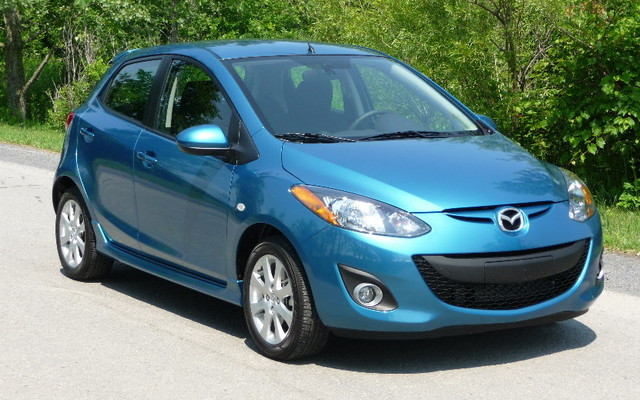 | 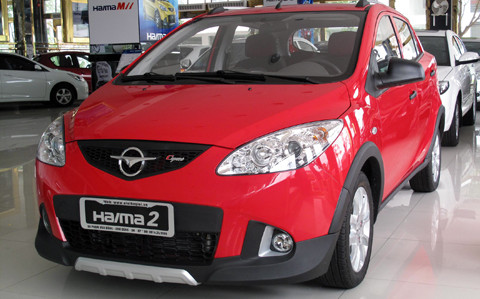 |
Mazda 2 and the unwanted "brother": Haima 2
Haima2 is equipped with a 1.5L engine with a capacity of 103 horsepower. This engine parameter is also equivalent to Mazda2. The car is equipped with a 5-speed manual transmission, while the Mazda2 has an automatic transmission option.
After a few years of appearance, the Haima brand as well as a number of Haima 3, Haima 7 and Haima Freema models gradually disappeared because of "lack of customers". Up to now, the 2011 and 2012 Haima 2 versions are priced at only about 100 million VND.
BAIC Q7 "fake" luxury SUV Land Rover Range Rover HSE
At the end of 2018, the BAIC Q7 attracted attention when it was imported to Vietnam because of its shape that is easily reminiscent of the luxury SUV from the UK, the Land Rover Range Rover HSE.
While the price of the Land Rover Range Rover HSE SUV is over 8 billion VND, the import company BAIC Q7 only sells for 658 million VND (including registration fee). The difference between the two models is up to 12 times, but they are similar, so most car owners who bought the BAIC Q7 have conveniently peeled off the BAIC logo to replace the Land Rover logo.
Although it has the same design as the Land Rover Range Rover, some of the specification details of this expensive SUV have been modified by the BAIC Q7, which makes if you look closely, the fake model still has a "wild" look compared to the real one.
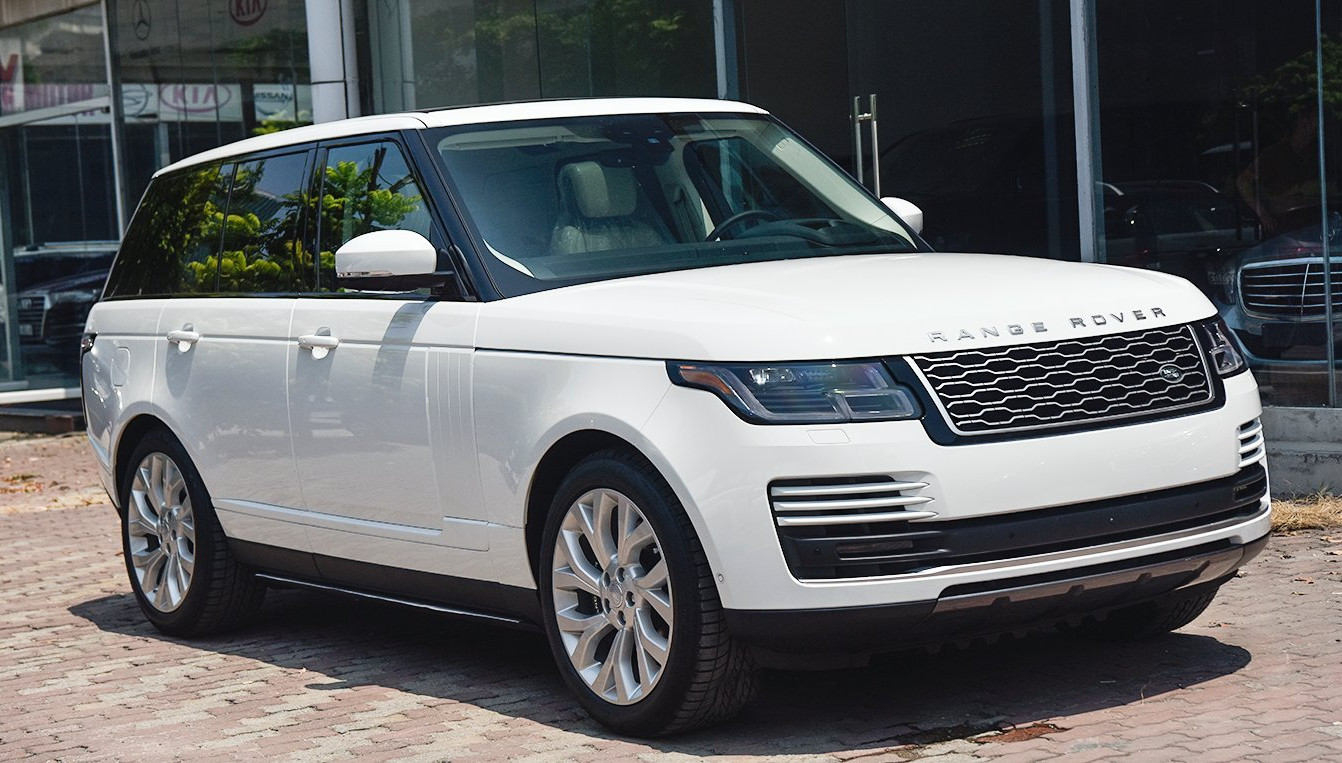 | 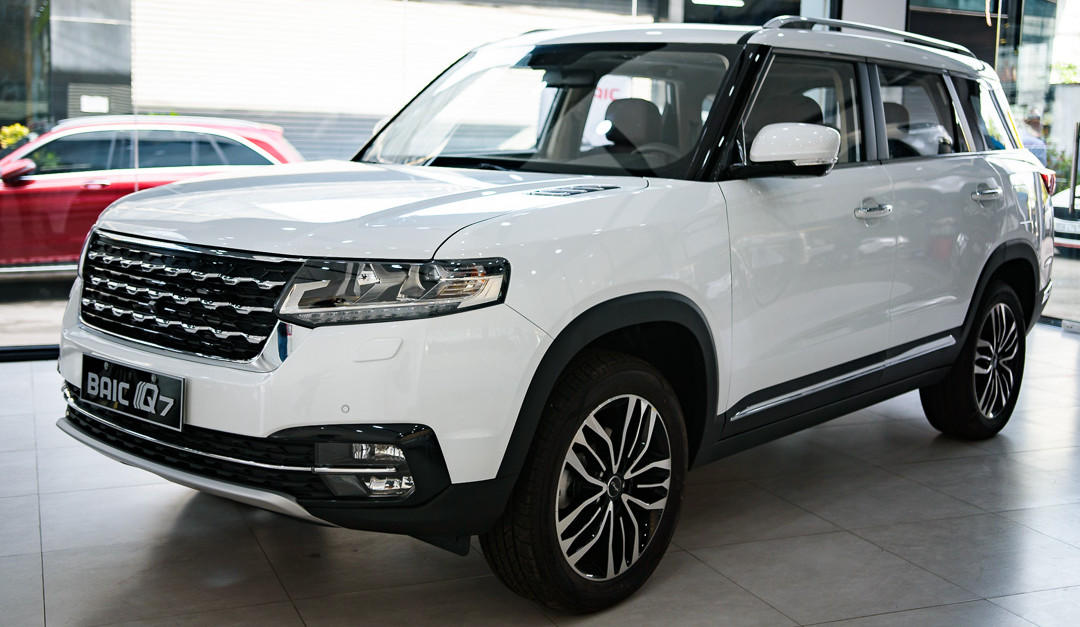 |
BAIC Q7 has many similarities with Land Rover Range Rover HSE (left image)
Although the price is as cheap as the B-size SUV in Vietnam, the BAIC Q7 is equipped with a lot of amenities and technology. The interior of the car uses leather as the main material. Electric driver's seat with integrated heating and cooling. The 12-inch entertainment screen is placed vertically like a Tesla. Panoramic sunroof. Many automatic features including lights, wipers, air conditioning... Electric trunk.
The car engine is a 1.5L turbocharged gasoline engine, with a capacity of 150 horsepower combined with a CVT automatic transmission and front-wheel drive system. Meanwhile, Range Rover HSE 2018 uses a 3.0L SuperCharged V6 engine that produces a maximum capacity of 380 horsepower, maximum torque of 460 Nm with an 8-speed automatic transmission.
Mercedes G63 " made in China "
Recently, a Chinese car company based in Hanoi has brought to Vietnam the BAIC BJ80 model with a design and some confusing features with the luxury off-road SUV Mercedes G63.
Although the price has not been announced, those interested in Chinese cars think that the BJ80 will be more expensive than the previously sold BJ40 (the BJ40 costs about 1 billion VND). In China, the BJ80 is priced at 294,900-398,000 yuan (about 987 million to 1.33 billion dong). Meanwhile, the selling price of Mercedes G63 in Vietnam is usually over 10 billion VND.
With the typical boxy design of the Mercedes-Benz G-Class, many people say that the BAIC BJ80 is a cheap "copy" of the famous SUV line from Germany. The fact that BAIC's origins may have partly explained this surprising similarity.
Like many foreign car companies doing business in China, they have to enter into joint ventures with domestic car companies. Daimler (Germany) entered into a partnership with BAIC to sell Mercedes-Benz cars in China, and bought 12% of BAIC shares. And BAIC took the opportunity to copy the G-Class model through the BJ80 project since 2012, despite Daimler's objections.
As a result, the BAIC BJ80 went on the market in 2016 and most recently upgraded the facelift version. BAIC BJ80 currently has quite good sales in China and has started selling to Southeast Asia and Africa markets.
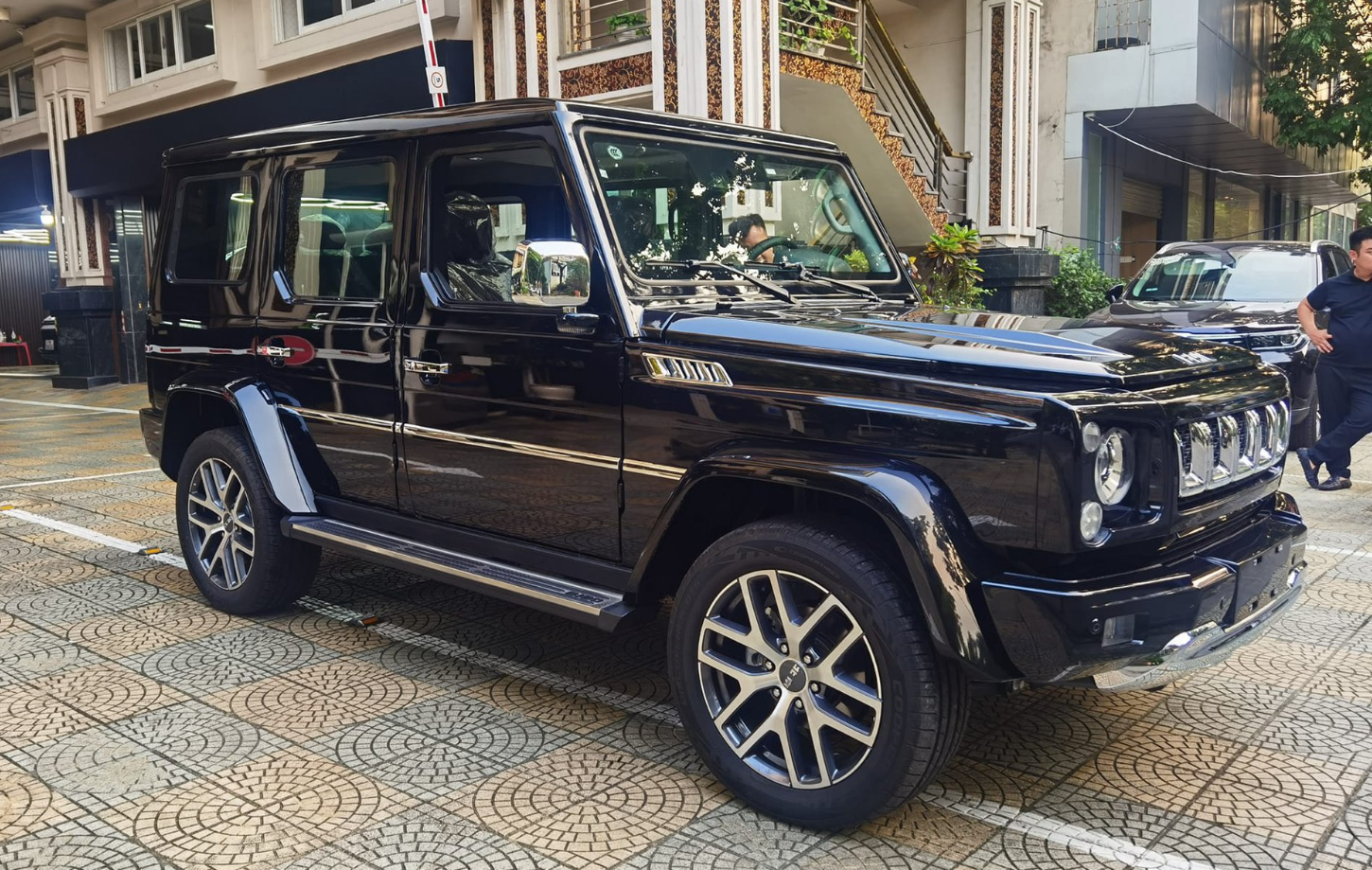 | 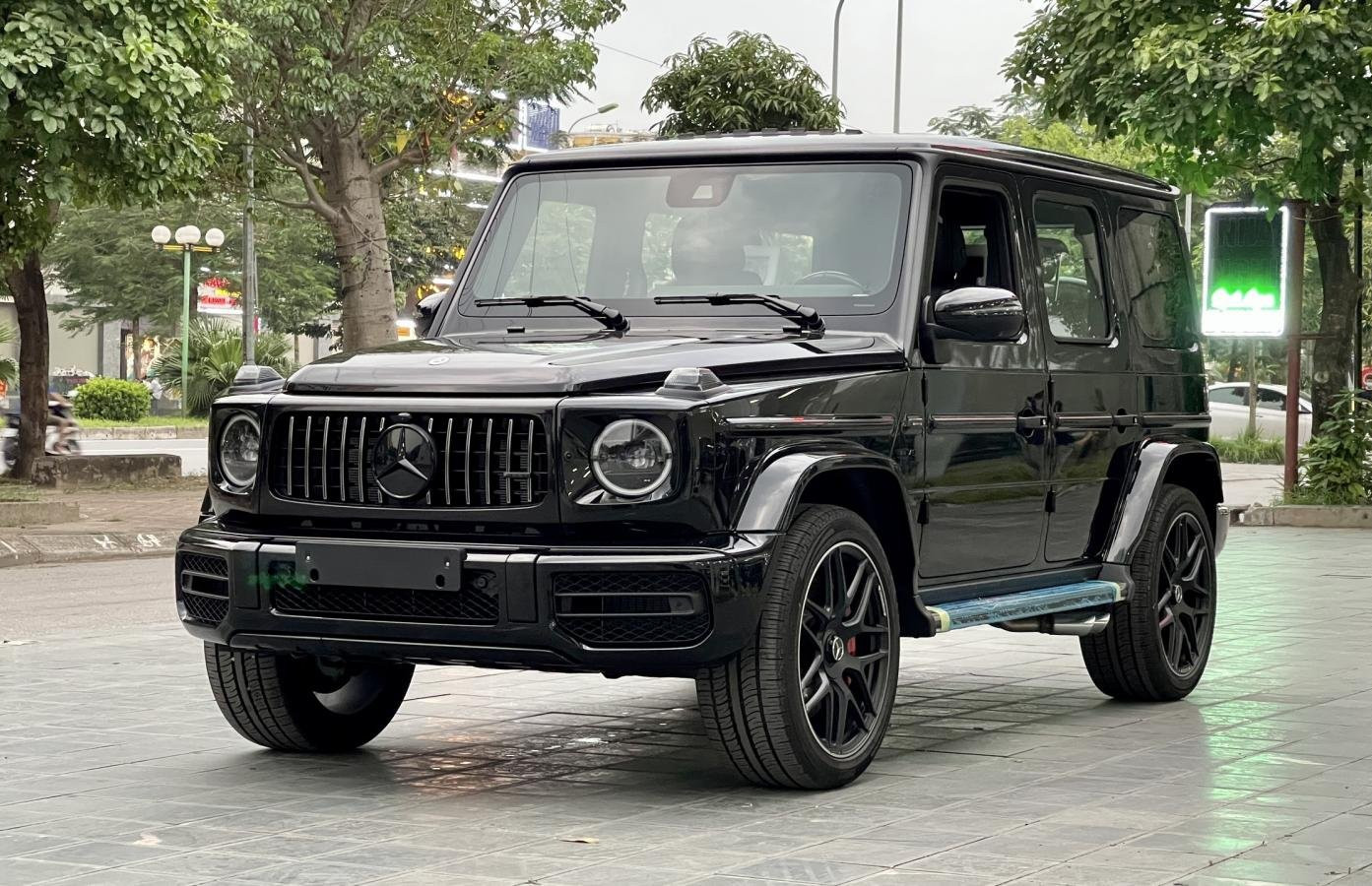 |
BAIC BJ80 (left photo) new to Vietnam and Mercedes G63
In addition to the "look" like the Mercedes G63, the interior and BAIC BJ80 engine have the same formula as the vast majority of other Chinese cars: more equipment and much cheaper than the real version.
The current version of BAIC BJ80 is equipped with a 3.0L V6 twin-turbo petrol engine, with a capacity of 276 horsepower and 420 Nm of torque, replacing the old version using the 2.3L engine. Comes with an 8-speed automatic transmission, four-wheel drive, rear differential lock and 4 driving modes.
In the real Mercedes G63 model, the German automaker is equipped with a 4.0L V8 petrol engine, combined with a 9-speed automatic transmission, for a maximum capacity of 585 horsepower and 850 Nm of torque.
Nhận xét
Đăng nhận xét